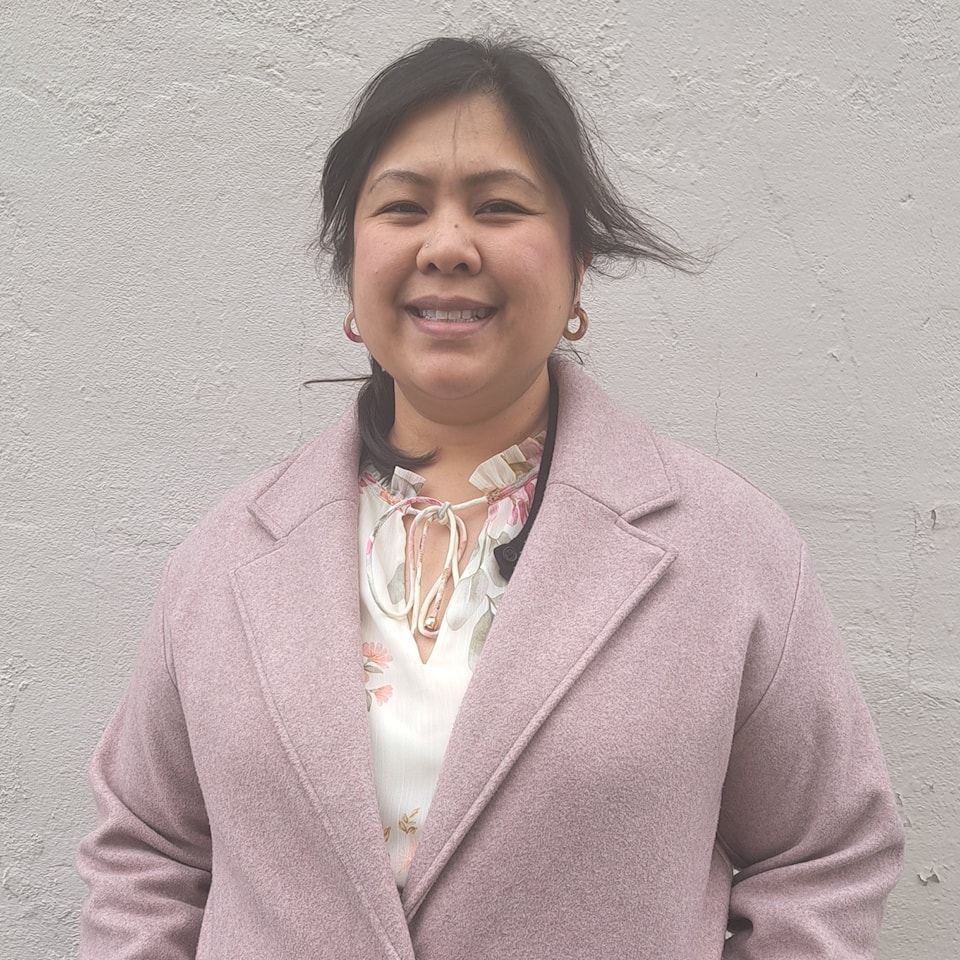
Where We Create, Build & Inspire
Scribe is a student-run publication based in the GTA that covers everything from social issues to culture and lifestyle. This spring, we tell stories from the mindset of a 20-something and the conversations shaping their world.
Out front, vehicles are stationed in the garage with people in paramedic uniforms restocking supplies. Flashing lights whiz by, the ambulance’s siren blares loudly before entering the unloading area. The doors are whipped wide open; staff rush to a patient as fast as their legs allow.
Inside, the smell of antiseptic, burnt coffee and bland food waft through the air. Their tired eyes and heavy legs hope for the smallest of breaks, while screams from those in the waiting room roar in the background. Other patients wait restlessly for a room. They are parked on stretchers in a hallway, as the dark under-eyed staff fight their exhaustion for the health of the people.
Jessica Gahunia has experienced many days like this. In December of 2016, she worked as a nurse at Toronto’s St. Joseph’s Health Centre and Scarborough General Hospital under the Nursing Resource Team (NRT) or, as staff refer to it, a “float pool.” This meant working on almost every unit of the hospital, from medicine to surgical, emergency and mental health. Needless to say, Gahunia found it all tough to manage.

“With those float pool nurses, a lot of the time, those are all new grads,” Gahunia says. “Almost everyone I talk to has been a nurse less than three years, and a lot of them are from a new grad initiative program.”
The new grad initiative program is one that’s designed to support recent graduates who are transitioning to a professional role in the workplace. This in itself is a major problem, because these units would have treatments that these nurses weren’t trained to take on.
Exploring a nurses experience
For instance, says Gahunia, “Some of us would have to watch YouTube or consult nursing books before we go into the patient’s room.”
One particular day that comes to mind was when she worked on the dialysis unit at Scarborough General Hospital.
“I had never disconnected a dialysis machine before,” says Gahunia. “I had two patients who were on dialysis, there was no nurse there who could help me because everyone was float pool.”
Her only solution was to watch YouTube and “go into the room and be confident enough to not scare the patient into thinking this was my very first time.”
Eventually the mental and physical toll took a turn for the worse. Feeling burnt out from being constantly on the go, she had to call in sick.
Unfortunately, Gahunia is not alone.
According to a study done by the Canadian Medical Association (CMA) in 2023, “physicians from all over the country are past the point of exhaustion.” In fact, most of the 4121 physicians surveyed by the CMA in 2021 reported unhealthy working conditions, including heavy workloads (60 per cent) and long hours (56 per cent), while nearly half (49 per cent) said they were considering reducing their clinical hours that year.
For Nadia Ferkul, a registered respiratory therapist (RRT) at St. Joseph’s Health Centre and Brampton Civic Hospital, her situation is no different.
In this healthcare unit, RRTs specialize in evaluating, treating and caring for individuals with cardiopulmonary (heart and lung) issues throughout the entire hospital. This includes people of all ages, such as premature infants with underdeveloped lungs and people who’ve been in car accidents.
This means taking on heavier workloads, staying longer, prioritizing tasks and having to take less breaks. This can lead to extreme fatigue and result in mistakes.
“At St. Joe’s, we staff respiratory therapists day and night, but only four of them,” Ferkul says. “So, for me, when I’m short, one or two people make more of an impact.”
In a report, Andrew West, CEO of the Canadian Society of Respiratory Therapists, says rising overtime is “yet another signal of the system-wide crisis” heightened by COVID-19.
“RRTs are not only providing their own specialized services. They are filling gaps in the system left by other health professionals, including nurses,” West says. “We are seeing respiratory therapists in emergency rooms doing double duty filling nursing roles, while also providing respiratory care — the situation is untenable.”
To make matters worse, Ferkul says, “Other departments don’t necessarily know when we’re short or what we’re doing, so when we can’t respond to a page for them, they become a little bit frustrated.”
As for Gahunia, she left the industry for good in 2018. She says she’s thankful she left when she did, because even though she wasn’t there for long, the lack of support and the traumatic experiences she underwent forced her out of the sector.
“I could vividly remember every death I was there for,” she shares, adding that she often thinks about what she could have done to help them live one more day.
Still, what hit her the most was when she saw the toll it took on the families of patients.
“There are times where nursing is rewarding, [but] watching families fall to pieces right in front of your face, it’s so heavy." JESSICA GAHUNIA, former nurse
A recent graduate of Carleton University, Gahunia earned her Master of Business Administration late last year and now works at a pharmaceutical company in Toronto called Apotex.
“I feel like there’s a disconnect in knowledge between hospital workers and the decision-makers who are handling the money,” Gahunia says.
How does the Ontario Nurses Association (ONA) respond?
In an emailed statement, Provincial President for the ONA and Registered Nurse Erin Ariss, said they spent years pressuring the provincial government to “improve working conditions” but have yet to succeed. This includes increasing the number of nursing staff and working to combat the amount of violence against them.
With decades of experience at a Kitchener, Ontario hospital emergency room behind her, Ariss said Doug Ford’s Progressive Conservatives (PC) made it worse because of their policies.
The PCs are “now pushing for the privatization of health care in the province, which will devastate already low nurse staffing levels and drain resources from our public health-care system,” Ariss says.
This policy is under Bill-124, a wage suspension legislation that targeted jobs mostly occupied by women until it was revoked.
Ariss says that “a safe level of nurse staffing is best for patients and for those who want to provide the best care possible,” because that’s what the people in this province deserve.
“That’s why [the] ONA will lobby the next provincial government for nurse staffing ratios in every sector of health care, safer workplaces and a reduction in workplace violence fuelled by understaffing,” she said.
This is to “ensure nurses’ and health-care professionals’ voices are heard and heeded by government and employers alike,” she says.
Ariss says that the people within this province “need and deserve” a public health-care system that is both strong in public funding and the delivery of care.
“We should all demand better from whomever forms the next provincial government” she adds.
For the future, as nurses continuously lift the unbearable weight of the challenges in Toronto’s health-care system, it’s important to realize that the public’s well-being is equally important as the City’s healthcare workers.




